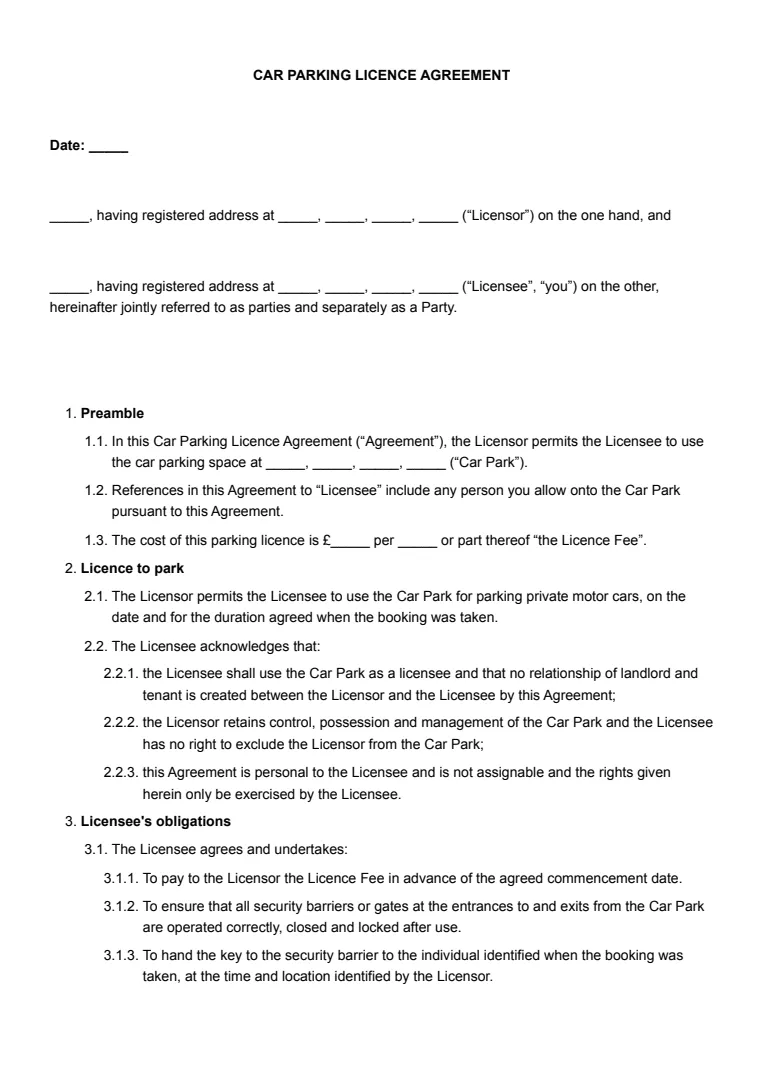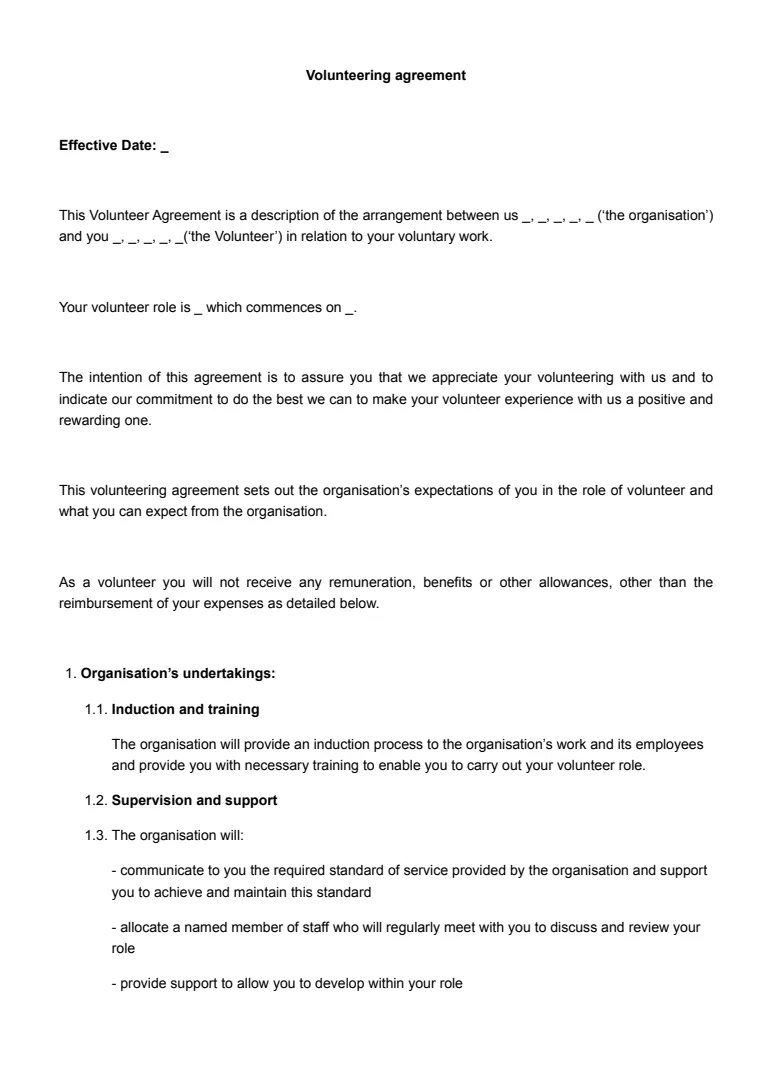What Is a Revocation of Power of Attorney?
A revocation of power of attorney, sometimes called a deed of revocation of power of attorney, is a legal instrument that cancels a previously granted power of attorney. It effectively removes the authority given to the attorney, whether that authority covered managing your bank accounts, handling property transactions, or making health and welfare decisions.
How to cancel a power of attorney? In the UK, the rules for revoking a POA depend on its type. Ordinary powers of attorney can be revoked in writing at any time by the donor, provided they have mental capacity. Lasting powers of attorney (LPAs), on the other hand, require notifying the Office of the Public Guardian (OPG) in writing for the revocation to be valid. This ensures the LPA is marked as cancelled in official records and prevents the attorney from using it in the future.
Revocation is not the same as expiry; while some POAs naturally end due to time limits or specific events, a revocation is an active step you take to terminate the arrangement before it would otherwise end.
Expert Tip:
“When revoking an LPA, always request written confirmation from the OPG that it’s been updated in their register. Without this, institutions may still accept instructions from your former attorney.”
When Should You Use a Revocation of Power of Attorney?
There are certain instances or circumstances in which you should use a revocation of power of attorney.
1. Change in Trust or Relationship
Trust is the foundation of any power of attorney arrangement, and if that trust breaks down, your legal and financial well-being could be at risk. This breakdown might follow a dispute, significant disagreement, divorce, or even subtle but ongoing concerns about how your attorney is making decisions.
In such cases, revoking power of attorney in the UK quickly is essential to prevent actions that do not align with your wishes. For example, if your attorney begins making large financial withdrawals without consulting you, a prompt revocation ensures they cannot continue before lasting damage occurs.
2. Attorney Is Unable or Unwilling to Act
An attorney’s authority is only useful if they can fulfil their responsibilities effectively. Life events such as serious illness, disability, relocation abroad, or a change in personal priorities can make it difficult or impossible for them to act in your best interests.
Sometimes, an attorney might even refuse to act if they feel unprepared or uncomfortable with the responsibility. In these situations, formally revoking the POA allows you to choose someone else who can make decisions promptly and reliably, avoiding delays that could affect your finances, healthcare, or property.
3. Circumstances Have Changed
Powers of attorney are often granted for specific purposes or temporary needs—for example, to manage your affairs while you are living overseas, undergoing medical treatment, or dealing with a business transaction.
Once those needs have passed, leaving the POA in place can create unnecessary legal exposure. Revocation ensures there is no lingering authority for the attorney to act in areas where you are now fully capable of making decisions yourself. This is especially important for ordinary POAs, which can be used immediately after signing and may remain valid until expressly revoked.
4. Replacing With a New Attorney
If you decide that a different person would better serve as your attorney—perhaps due to a closer personal relationship, greater financial expertise, or more availability—you must first revoke the current POA. Without revocation, both the old and new attorneys could attempt to act simultaneously, causing confusion with banks, solicitors, or healthcare providers.
Revoking the existing arrangement before creating a new one establishes clear authority and avoids conflicting instructions, which is particularly important for lasting powers of attorney where multiple decision-makers could complicate matters.
5. Risk of Misuse
Sadly, misuse of power of attorney is a recognised legal risk, and it can take many forms, from unauthorised spending and asset transfers to making healthcare choices that go against the donor’s wishes.
If you notice warning signs such as unusual financial activity, secrecy around decisions, or a reluctance to provide updates, revocation is a protective measure. Acting quickly minimises the potential for irreversible harm and ensures control is restored to you or transferred to a more trustworthy representative. The Office of the Public Guardian’s safeguarding guidance provides further advice on what to do if you suspect misuse.
Expert Tip:
“Don’t wait for proof of misconduct. If you have reasonable concerns about your attorney’s actions, revoke power of attorney first and investigate later. The law allows you to act proactively to protect your interests.”
How to Write a Revocation of Power of Attorney
If you need to know how to revoke power of attorney in the UK, here is a step-by-step guide to writing a clear and legal revocation.
1. Identify the Parties Clearly
The first section of your revocation should leave no doubt about who is involved. Include the donor’s full legal name, current address, and any relevant identifying information such as date of birth.
Do the same for the attorney whose powers are being revoked. If there are multiple attorneys, list each one separately. This is particularly important if the donor and attorney share a common surname or have similar details, as even small ambiguities could cause delays or disputes with institutions recognising the revocation.
2. Reference the Original POA
To ensure there is no confusion about which document you are revoking, clearly state the date the original power of attorney was signed and, for lasting powers of attorney, include its registration number with the Office of the Public Guardian (OPG).
If you have granted more than one POA—for example, separate ones for property and financial affairs and for health and welfare—specify exactly which is being revoked. This level of detail ensures that no part of the original authority remains in force unintentionally.
3. Make a Clear Statement of Revocation
The heart of the document is the revocation statement itself, which should be concise, formal, and free from ambiguous terms. A well-drafted clause might read: “I hereby revoke the power of attorney granted to [attorney’s name] on [date] and registered with the Office of the Public Guardian under number [registration number], with effect from [date].”
Including the effective date is important; without it, the attorney’s authority may be assumed to continue until the document is received and acknowledged.
4. Sign and Date in the Presence of a Witness
The donor’s signature must be made in front of an independent witness, who then signs to confirm they saw the donor execute the document. The witness should be a responsible adult who is not the attorney or a close family member of the attorney, to avoid any perceived conflict of interest. The witness must also provide their full name, address, and signature.
These formalities help prove the revocation was made voluntarily and with full mental capacity, which can be critical if the revocation is later challenged.
5. Notify All Relevant Parties
A revocation is only effective in practice once the right people know about it. This means sending copies of the signed and witnessed document to the attorney, any institutions or professionals the POA covered, such as banks, accountants, solicitors, or medical providers, and, in the case of LPAs, to the Office of the Public Guardian (OPG).
The OPG provides step-by-step instructions on notifying them in their guidance on ending a power of attorney. Always keep proof of delivery, such as recorded delivery receipts or email confirmations, to prevent future disputes about whether the revocation was received.
Using Legally.io’s document generator streamlines these steps by producing a compliant UK revocation document with the correct clauses, layout, and witness requirements, reducing the risk of administrative errors that could delay or undermine the revocation.
Expert Tip:
“When notifying banks or financial institutions, ask for written confirmation that the POA has been removed from their records. This helps prevent future transactions under the old authority.”
What Should a Revocation of Power of Attorney Contain?
A well-drafted revocation document should include:
- Details of the donor – Full legal name, address, and identifying information.
- Details of the attorney – Full legal name and address of the person whose powers you are cancelling.
- Reference to the original POA – Including the execution date and, for LPAs, the OPG registration number.
- Statement of revocation – Clearly stating that the power of attorney is cancelled.
- Effective date – The date on which the revocation will take effect.
- Signatures and witness details – The donor’s signature and date, plus the witness’s details and signature.
- Distribution instructions – A note that copies should be sent to all relevant parties, ensuring no one relies on an outdated POA.
Each element ensures the revocation is legally valid and recognised by institutions or authorities. Missing details could lead to confusion or disputes later.
Legal Tips for a Revocation of Power of Attorney
Here are some legal tips to bear in mind when considering a revocation of power of attorney.
- Notify promptly – How long does it take to revoke a power of attorney? A revocation only takes practical effect once all relevant parties are aware of it. Inform the attorney, any institutions they deal with, and the Office of the Public Guardian (for LPAs) as soon as possible to prevent further actions being taken under the old authority.
- Keep evidence – Retain signed copies of the revocation document and proof that it was delivered to each party, such as recorded delivery receipts or email confirmations. This documentation can be vital if you need to prove the revocation later in a legal or financial dispute.
- Check for automatic revocation events – Certain events, including the donor’s marriage, divorce, or the attorney’s death, may automatically revoke a POA under UK law. Understanding these triggers, as explained in the Mental Capacity Act 2005 Code of Practice, ensures you take action only when necessary.
- Understand LPA requirements – For lasting powers of attorney, simply signing a revocation is not enough. You must inform the Office of the Public Guardian in writing, and the revocation only becomes valid when they confirm the change.
- Seek legal advice for complex cases – If the POA involves substantial assets, international property, or cross-border powers, consult a solicitor. They can ensure the revocation complies with all relevant laws and does not leave gaps in your legal arrangements.
Key Takeaways
A revocation of power of attorney is essential when you need to cancel the authority of an appointed representative.
Doing it correctly requires clear identification of all parties, referencing the original document, making an unambiguous statement of revocation, and notifying all relevant parties.
By taking prompt and accurate action, you ensure control over your affairs and prevent potential misuse of your authority.
Using Legally.io’s well-structured, legally compliant template can save time and reduce risk. Use Legally’s revoke power of attorney form for free (UK) to ensure promptness, efficiency, convenience, and compliance.














